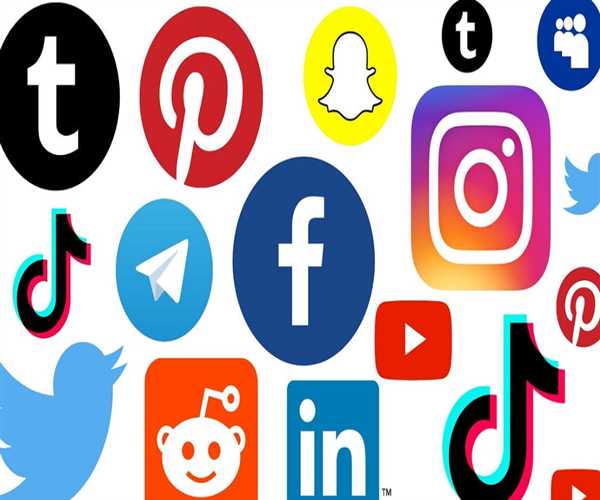Search here

28-Jun-2024 , Updated on 8/29/2025 5:07:48 AM
Which is better for business LinkedIn, Instagram, Twitter
Social media is an important useful resource that groups can use to have interaction with clients, grow brand reputation, and enhance revenue. But selecting the great platform can feel like traversing a social media maze because there are such a lot of options handy. This post explores the 3 major competitors—Twitter, Instagram, and LinkedIn—to help you in deciding on the only that most carefully matches your target marketplace and business objectives.
LinkedIn: The Expert Superpower
When it involves commercial business-to-business (B2B) advertising and expert networking, LinkedIn is unmatched. LinkedIn gives a focused attainment if CEOs, managers, or different specialists are part of your audience.
LinkedIn is a brilliant region to discover industry insights, case research, and white papers, among different concept leadership information. Disseminating informative records makes your agency appear knowledgeable in its industry and draws in new clients.
LinkedIn offers powerful lead technology gear like targeted advertising and marketing and Sales Navigator, permitting you to connect to and nurture potential leads. Join business groups, participate in discussions, and connect to applicable individuals to construct your expert network and extend your brand reach.
In comparison to other platforms, LinkedIn's organic reach may be less. You may need to use paid advertising in order to get the most exposure possible. LinkedIn favors text-based content over visual content, therefore it is less suited for companies that largely rely on product images, even though visual content is still acceptable. Not all audiences may find LinkedIn's professional tone appealing.
Instagram: The Superpower of Visuals
Instagram is a younger-focused platform that connects with users through visually appealing content and is well-known for its vivid images. Instagram is fueled by excellent photos, videos, and stories. Instagram provides the ideal platform to promote visually appealing products, such as those in the fashion, cuisine, or tourism industries.
Using visually captivating narratives, Instagram lets you tell your brand's story. Build brand loyalty with influencer partnerships, user-generated content, and behind-the-scenes looks. Instagram's likes, comments, and direct message capabilities help to promote high engagement. By doing this, you can encourage a more engaged and intimate relationship with your audience.
However, take into account these restrictions before using Instagram:
Younger adults make up the bulk of Instagram users. Think on the demographics of your target audience; if they tend to be older, Instagram might not be the best medium. Compared to other platforms, content on this site is less permanent because features like Stories vanish after a day. Not all businesses, particularly those without a significant visual component, may benefit from Instagram's emphasis on aesthetics.
Twitter: The Centre of Conversations
Twitter provides a unique opportunity to engage with your audience in a dynamic setting. It is the medium of choice for real-time conversation and breaking news. You can interact with your audience on Twitter in real-time by asking questions, responding to inquiries, and offering customer support.
Use hot subjects to your advantage to get more attention and participate in discussions that are pertinent to your industry and establish your company as an authority. Keep your audience informed and involved by using Twitter to share company news, product releases, and industry updates.
Because tweets can only contain 280 characters, you must communicate succinctly, which may limit the complexity of your message. Content on Twitter may be swiftly buried due to the rapid movement of information. Posting strategically and consistently are essential. Brand criticism and negativity can flourish on Twitter. Creating a solid plan for managing social media crises is crucial.
Which is better for business LinkedIn, Instagram, Twitter
There is no one-size-fits-all solution when it comes to the ideal platform for your company. Several companies find that using a multi-platform strategy helps them efficiently reach their target audience by utilizing the advantages of each platform. The intended audience You are attempting to contact who? It's critical to comprehend the social media behaviors, platform preferences, and demographics of your prospective client.
What are your social media goals? Which goals are you trying to achieve? Lead generation, brand exposure, or sales? Match the platform you choose to your own objectives. What type of material are you most adept at producing? Do you have interesting images for Instagram, in-depth knowledge of the sector for LinkedIn, or clever updates that would be ideal for Twitter?
Time and resources must be allocated to managing several social media accounts. Think about how much money and how well your team can create and manage a consistent presence across many platforms.

CONTENT WRITER
Writing is my thing. I enjoy crafting blog posts, articles, and marketing materials that connect with readers. I want to entertain and leave a mark with every piece I create. Teaching English complements my writing work. It helps me understand language better and reach diverse audiences. I love empowering others to communicate confidently.
Comments
Join Our Newsletter
Subscribe to our newsletter to receive emails about new views posts, releases and updates.
Copyright 2010 - 2025 MindStick Software Pvt. Ltd. All Rights Reserved Privacy Policy | Terms & Conditions | Cookie Policy